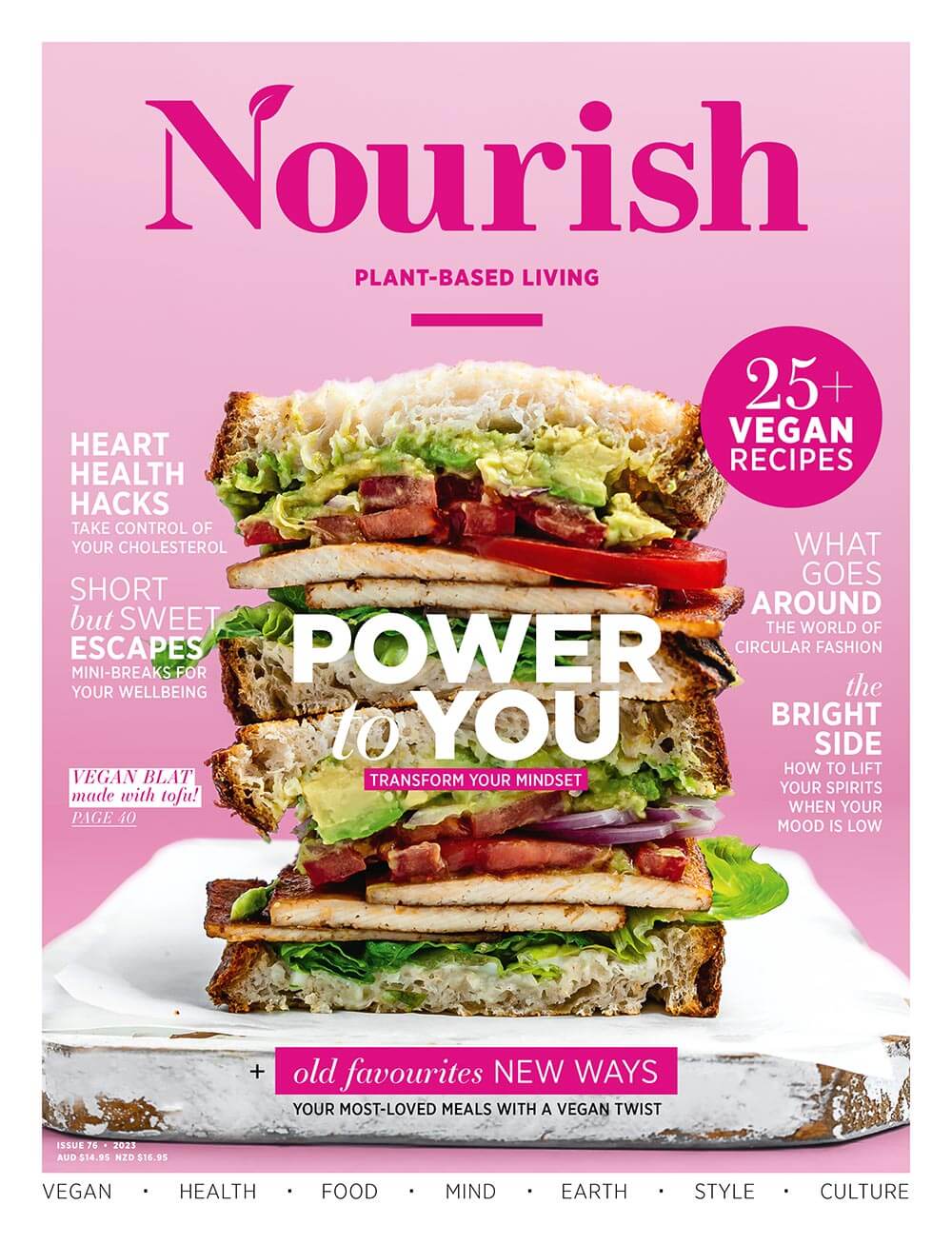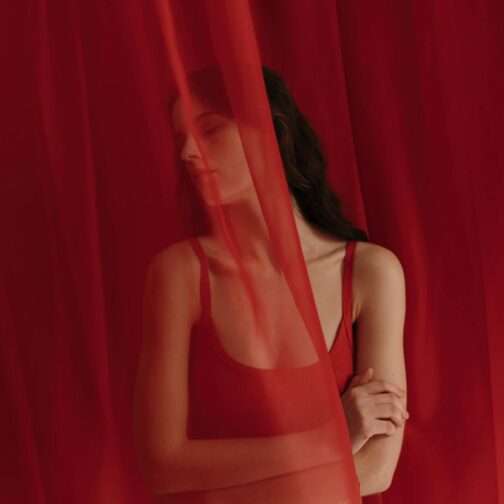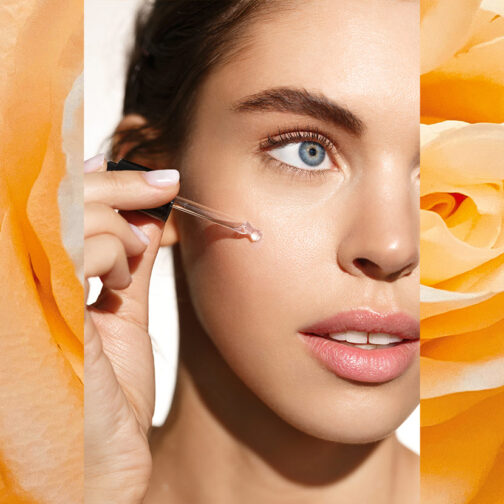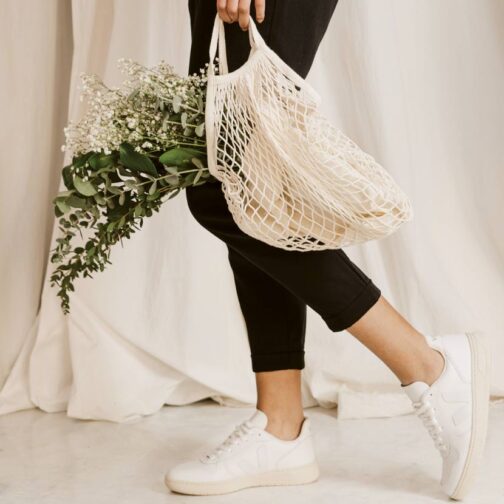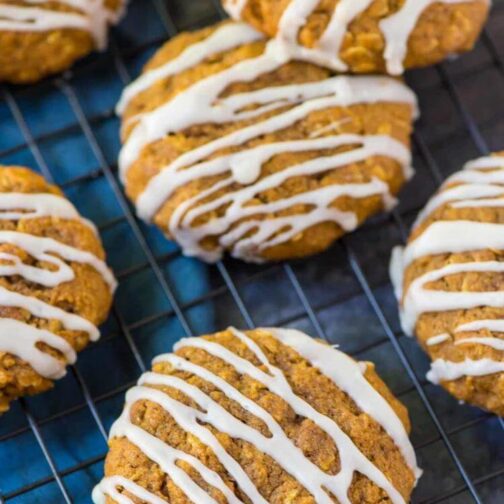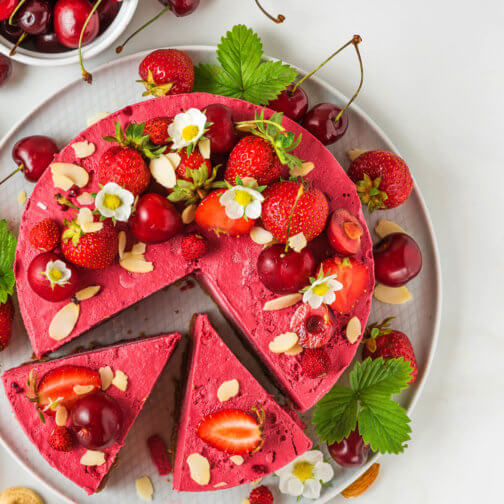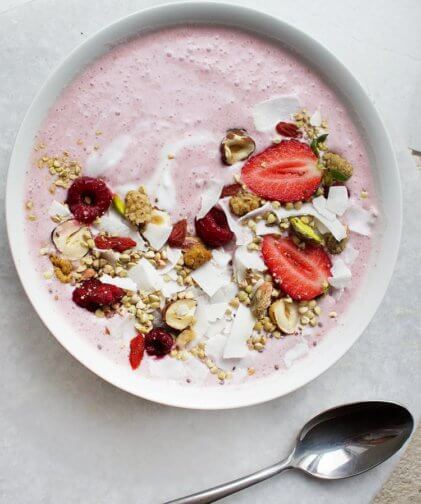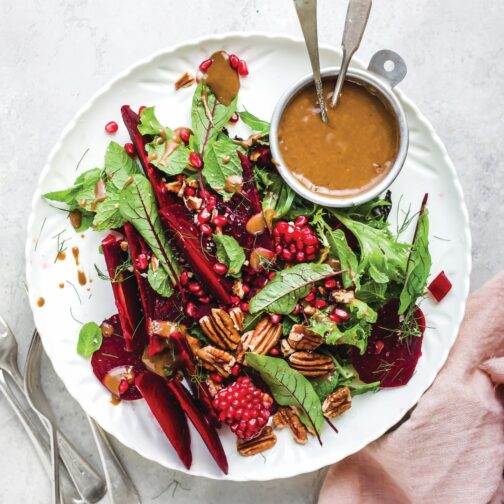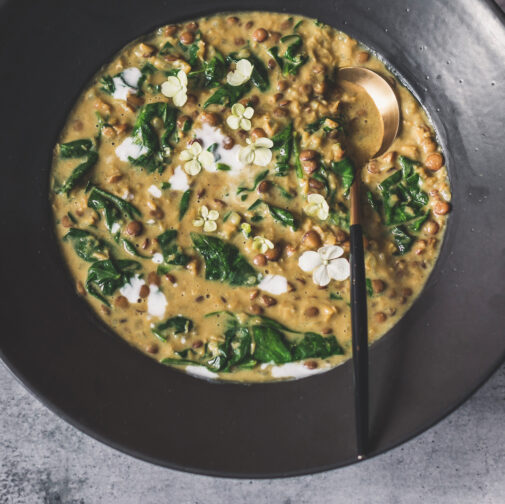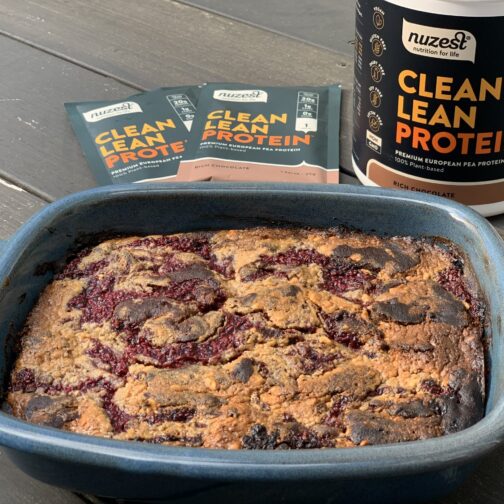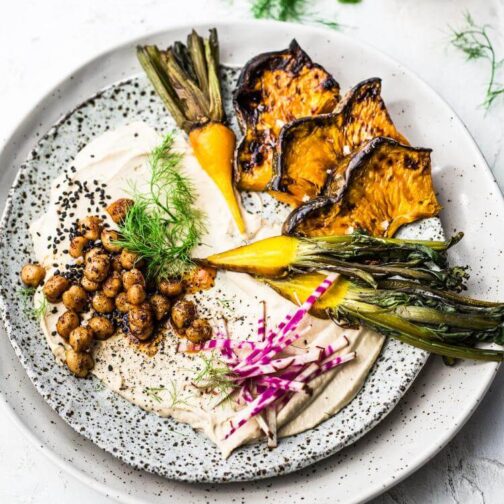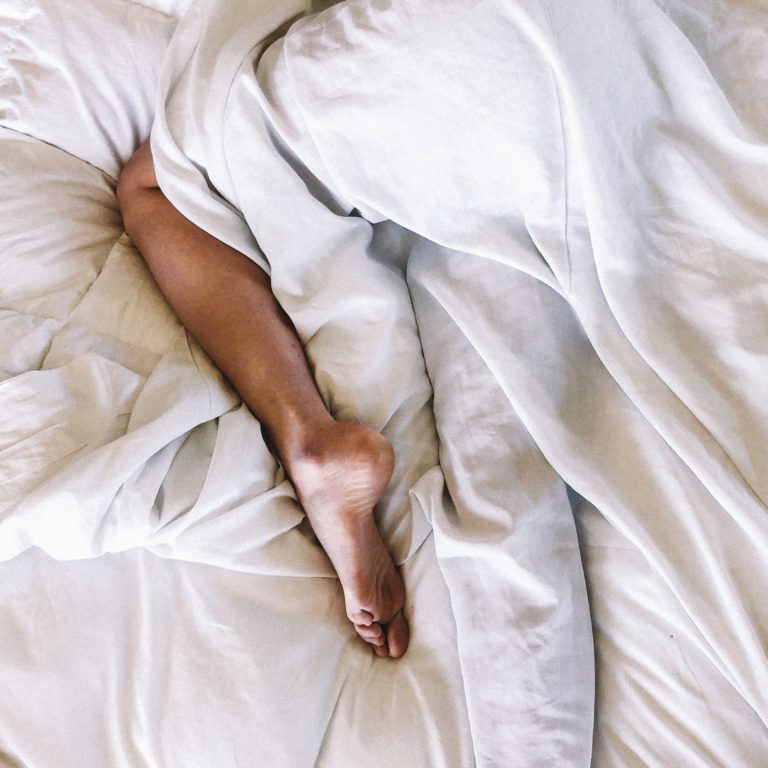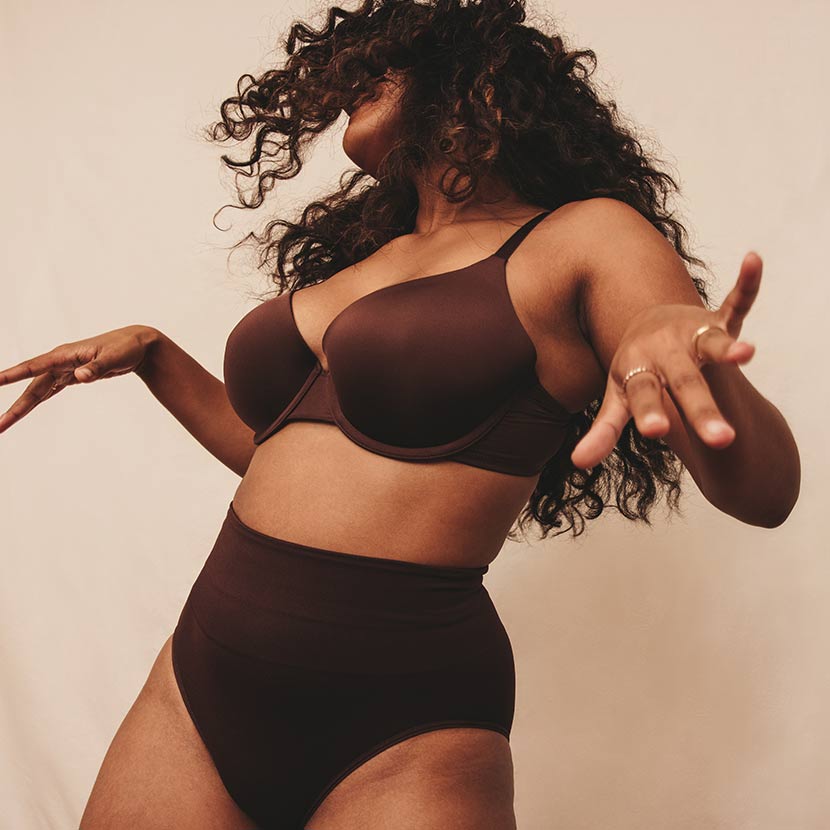
Eco period products have risen in popularity – they’re sustainable, affordable, healthy, and convenient. Here’s what you need to know so you too can go with the flow.
Since transitioning to a more sustainable lifestyle, I’ve changed a lot of my everyday choices. My handbag is filled with reusables for takeaway and scraps to compost, I use hankies instead of tissues, my super is invested in a sustainable scheme, and I ditched my car. Out of the many of things I’ve changed in order to lessen my impact on the planet, switching to sustainable period products is my favourite. If you menstruate, using sustainable period products is one of the best things you can do for yourself and the planet! You can reduce up to 40 kilograms of waste, save money, and reap benefits for your body too. Like most things in life, eco period products are not one-size-fits-all. Before making the switch, it’s important to understand the options and how they work. Let’s take a closer look.
PERIOD UNDERWEAR
Period underwear is the easiest and least daunting reusable period product of them all. So much so that they are perfect for young teens and would be the first thing I put in my child’s period-readiness pack. You simply wear period underpants just like you do normal undies! Like disposable pads, period underwear comes in different thicknesses to suit your flow. They also come in a range of styles – you can even get period underwear G-strings! Consider how heavy your flow is and don’t be afraid to ask the brand what they would recommend before you invest. After wearing, you immediately rinse the underwear with cold water and treat stains with a bar of laundry soap, then they can be thrown in the wash with a normal load of washing. Not all period underwear is made equal, and to be honest, some of them suck. It’s worth avoiding the cheap, synthetic period underwear and opting for those made from cotton or bamboo. Generally, period underwear contains a little plastic in the absorbent layer on the gusset (this helps to absorb the flow), but at the end of their life, after about five years, you can cut this out and compost the rest if they’re 100 percent plant-based.
HOT TIP: Period underwear and menstrual cups go together like Jane and Tarzan or Mickey and Minnie. They’re a long-lasting pair. When it’s my time of the month and I have these two employed, I feel like I can take on the whole world!
REUSABLE PADS
I’m constantly impressed by the reusable pad options these days! The colours and patterns available now are fun and make your washing line look beautiful. Reusable pads are essentially the same as disposable pads – but better. Light, regular, and super are common types, but different brands have various lengths too. You place the pad in the gusset of your normal underwear with the plain side facing up and the cute pattern facing down. Most have buttons or snaps to keep them in place, then off you go! Just like period underwear, after use you rinse the reusable pad with cold water, treat stains with a laundry bar, and then wash in a normal load.
HOT TIP: Choosing the right underwear to go with your reusable pads involves a little trial and error, but wearing your sturdiest cotton, hemp, or bamboo undies is a good idea. I find bikini-cut underwear is a better match than boyleg because their shape means there is less chance of the pad sliding around.
MENSTRUAL CUPS
A menstrual cup is a little vessel that sits below your cervix, catching blood as it flows and containing it until you’re able to empty the cup. When inserted properly, they are leakproof and you don’t even know they’re there. Menstrual cups are available in two different materials – TPE and medical-grade silicone. TPE lasts just three to four years, while medical-grade silicone lasts up to 10. Both materials are plant-based and contain zero animal products. Menstrual cups come in hundreds of shapes and sizes, so research reviews from other users to get an idea about which one may be suitable for you. The right-sized menstrual cup doesn’t depend on your weight, height, or age. The size relates to where your cervix sits, how heavy your flow is, and sometimes on whether you’ve had a vaginal birth. It’s a great idea to chat to the brand your research has led you to; they’ll be more than happy to walk you through sizing and styles to find the right product for you.
While you’re on your period, washing your hands well before removing or inserting your menstrual cup is key, and simply rinsing the cup with cold water when emptying is enough. Between cycles, it’s important to sterilise your cup – I boil mine in hot water, but you can also use sterilising tablets.
HOT TIP: I recommend watching instructional videos and reading the menstrual cup instructions before using for the first time, as there are many ways to insert them. In a nutshell, you fold the cup to insert and pinch and pull to remove. Once you’ve practised, it’s super simple! Just empty, rinse, and repeat.
The benefits of sustainable period products don’t end at periods. Reusable pads and period underwear are excellent choices for pregnancy, postpartum, and for incontinence (though always check with your healthcare provider).
However, if reusables don’t suit you for whatever reason, there are still a few ways to be a little more sustainable. You can use disposable pads and tampons that are made from organic cotton and come without plastic packaging. You can also find ways to responsibly dispose of your period waste. They won’t break down in landfill and are detrimental to the environment, so perhaps investigate ways to compost your disposables. Remember, using a combination of reusables and disposables is okay too; progress over perfection!
I switched to reusable period products mainly so I could remove that rubbish bin from my bathroom and tread more lightly on the planet. But I had no idea how sustainable period products would benefit me personally! For starters, I save money – approximately $2,400 every 10 years because of my menstrual cup. That amount will be slightly less if you use period underwear and reusable pads, but still cheaper than disposables. I feel healthier for using reusables too. Gone are the days of tampon drag (ew) or the hot, stuffy feeling of a plastic disposable pad against my skin. Also, I can still enjoy my outdoorsy, active life even when on my period. My menstrual cup allows me to attend festivals, go hiking, exercise, and swim as if I don’t have my period. I never have to lug around disposables or stress out when there’s no rubbish bin. I simply empty it, rinse it, and pop it back in.
I just love reusable period products – give them a try and find out why they’re such a popular choice.
WORDS BY: Kate Hall
